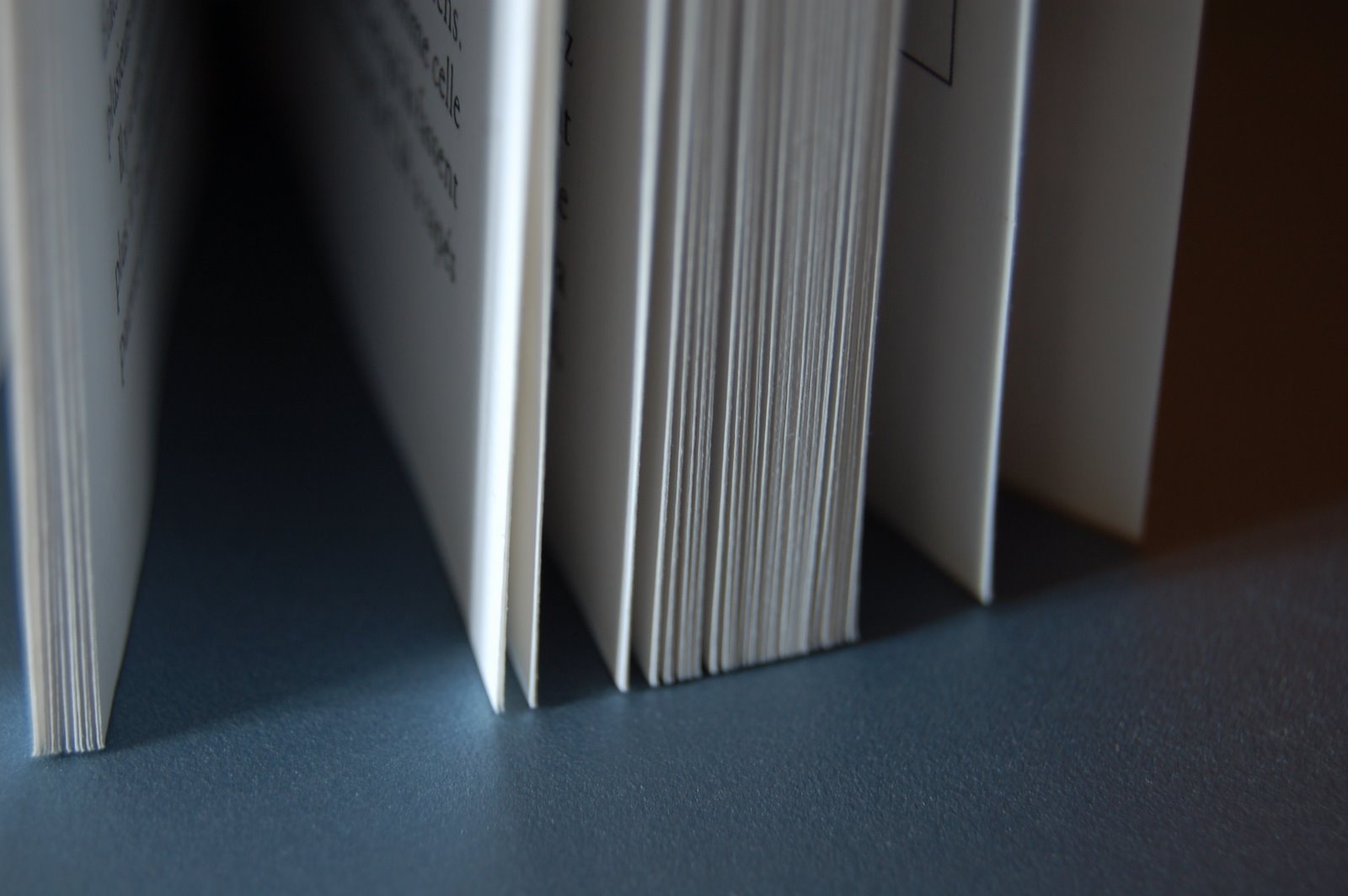Wednesday, February 21, 2024
Book review: Snow Country by Yasunari Kawabata
Tuesday, February 13, 2024
Book review: American Affair the Americanisation of Britain by Susan Marling and Gerd Kittel
To find this book involved wading through a fair few listings
for romantic or political books that wanted to cover their own types of special
relationship. The attraction for me is the rest of the title, The
Americanisation of Britain.
Most focus on the special relationship centres on the Second
World War and the close ties as allies between the UK and US. That's true but
Susan Marling argues that the crucial year when things really changed was 1956.
By then Americans were driving round in their flash finned topped cars, chugging
on a Coke from their large refrigerators
and enjoying their televisions. Britain, still suffering the effects of
post-war austerity could only look on with envy. Add to that the flowing over
the Atlantic of rock and roll, Elvis and the stars of the silver screen that
flickered in British cinemas and the captivation with all things American was complete.
This books bounces along looking at areas where
Americanisation can be easily spotted - movies, cars, fashion, architecture
(malls and Milton Keynes) and food.
The tone is inquisitive, asking a truck driver from North
London why he enjoys dressing as a cowboy complete with chaps and an imitation
revolver, rather than judgemental. However, there is an acknowledgement that
Americanisation splits people, with comments about the 51st State being among
those arguing for less influence.
Written in the early 1990s, with Thatcher having left
office, this is a book that sits at a time when the heightened Americanisation
of the Thatcher-Reagan years could still be felt. A dreary Britain that often
willingly adopted the neon-lighted delights from the US.
It is a companion piece to a Tv series, American Affair,
that I have to admit I haven’t seen. So in some senses the chapters must have
followed the progress of those episodes. What lifts the book out as something
you might want to read now, without the programme, isn’t just the text but the
photographs by Gerd Kittel.
Each chapter follows a pattern where the text goes so far
and then the photographs take over and illustrate the points. Given they are
thirty years old they now operate on a historical as well as cultural commentary
level.
To be honest this is not a book anyone wanting to read more
about the special relationship would start with. For me it’s part of my ongoing
look into American suburbanisation and its impact on the UK. It scratches that
itch but it’s quite a specific one and so I would not expect this to be sought
out by too many fellow readers.
But if you want to understand more about the love affair
with America and what that like looked in the early 1990s then it’s a great
resource and an interesting read.
Monday, February 05, 2024
Book review: How Do you Live? By Genzaburo Yoshino
After enjoying the Boy and the Heron there was an appetite to dive deeper and How Do You Live? was described as the inspiration for the film. It was one of the film's director Hayao Miyazaki's favourite books and was percolating his thoughts as he pulled the story together for the Boy and the Heron.
That word 'inspiration' is an important one because unlike
some of the other Studio Ghibli films, Howl's Moving Castle springs to
mind, this is not based directly on an existing story. There is no Heron in How
Do You Live? and the relationship with the Copper and his uncle is a healthier
one than Mahito and his Grand Uncle.
Rather its taking the themes of coming of age, dealing with
the loss of a parent and navigating what type of person you want to be in life.
Will you be empathetic? show compassion? be arrogant or cowardly? These are all
things the main character Copper has to wrestle with.
As he goes through experiences he shares them with his uncle
and afterwards the uncle shares his advice in a notebook. It creates for the
majority of the book a pattern of Copper's story then directly followed by the
Uncle's observations.
Copper is not perfect, makes mistakes and learns from them.
But he is likeable and his experiences drive the story. He is coping with the
loss of his father and navigating starting senior school, with the threats of
bullying and coping with friendships that are evolving with maturity. The
reader is encouraged to look at Copper and ask themselves what they would have
done and what type of life they want to lead.
This book was written for children but there is more going
on here. Understanding the context around the books is important because it was
penned at a time when totalitarianism had gripped Japan and to question
authority out you in prison and under deep censorship.
Yoshino was imprisoned, fell foul of the thought police but
still wanted to counter the aggressive state. That makes this a brave book and
a moving one. When Copper's uncle is urging him to think for himself and
question authority, he is risking more than just losing the reader's interest.
This is a book that has a power to provoke and move and on
that basis alone is worth recommending. But when you add the context and
understand the risks that Yoshino and his publisher were running by producing
this and it is much more heroic.
Ultimately at a time when populism is on the rise we all
need to ask ourselves the question of how we want to live.







